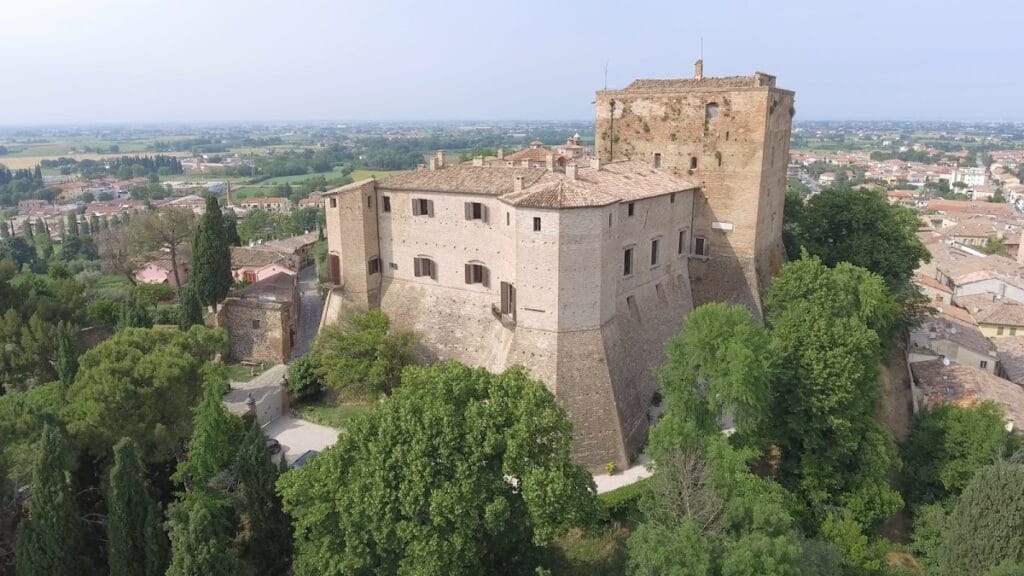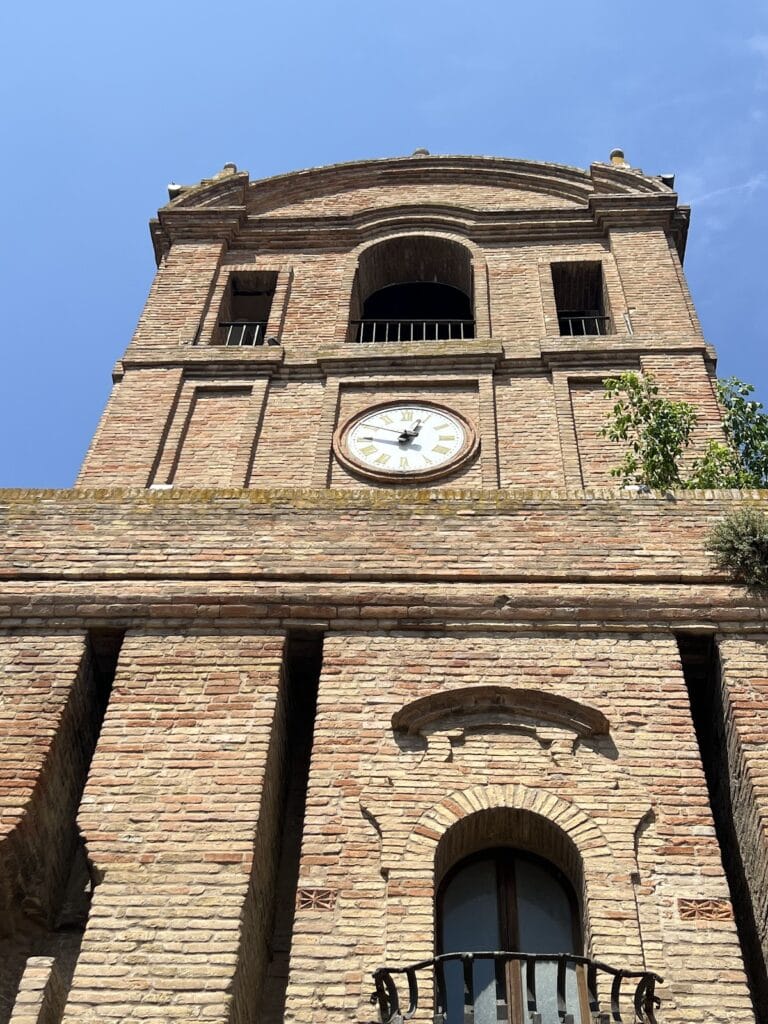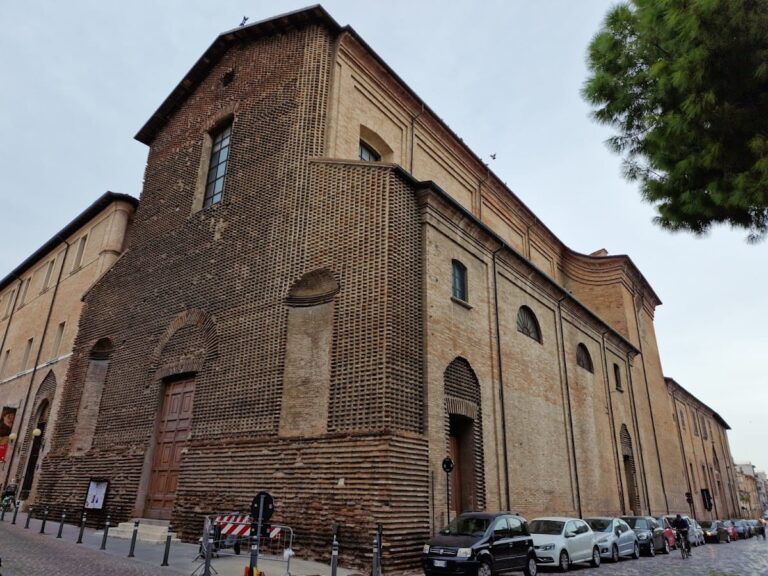Rocca Malatestiana: A Medieval Fortress in Santarcangelo di Romagna
Visitor Information
Google Rating: 4.4
Popularity: Low
Google Maps: View on Google Maps
Official Website: www.castellosantarcangelo.it
Country: Italy
Civilization: Medieval European
Remains: Military
History
The Rocca Malatestiana is a medieval fortress situated in Santarcangelo di Romagna, Italy. Its origins extend at least to the late 9th century, as referenced in the “Codice Bavaro,” which mentions a fortification known as “chastrum sancti arcangeli” located on Mons Iovis. This early citation suggests a long-standing strategic role for the site, positioned near the Roman Via Aemilia that connected key cities across northern Italy.
During the Middle Ages, the castle changed hands among local noble families and regional powers. From the 13th century, the Balacchi counts, possibly native either to Santarcangelo or nearby Rimini, controlled the site. Records confirm the presence of a castle by 1164. In 1295, the domain passed to the Malatesta family, a prominent ruling dynasty in Romagna, who maintained control, with interruption, until 1500. Between 1353 and 1376, the settlement was governed directly by the Papal States after Cardinal Albornoz brought the area under papal authority.
The early 15th century marked significant developments under the Malatesta family. Carlo Malatesta commissioned the construction of a new tower in 1386 on the remains of previous structures, enhancing the fortress’s defenses. Later, in 1447, Sigismondo Pandolfo Malatesta undertook extensive remodeling of the tower and fortress, adapting it to the changing demands of military technology of the time. These renovations altered the tower’s original design and used materials salvaged from its reduction.
Despite these efforts, control of the fortress saw further upheavals. In 1462, the notable condottiero Federico da Montefeltro captured it, and Cesare Borgia inflicted heavy damage during his 1498 campaign. Subsequently, the castle experienced a sequence of ownership transfers, including periods under the Republic of Venice and, from 1505 onward, the Papal States once again. Notably, Pope Pius II confiscated the castle from Sigismondo Malatesta, granting it first to the Zampeschi family and later to the Pallavicini as fiefs.
Following Malatesta withdrawal, the fortress was leased to various lords until Italian unification. In later centuries, ownership passed through aristocratic hands, including the Baldini counts and the Massani family, who used the site for agricultural purposes after acquiring it in 1880. Entering the 20th century, Countess Eugenia Rasponi Murat purchased the fortress in 1903. After her death, it was inherited by Count Giovanni Battista Spalletti Trivelli and eventually came into possession of Princess Marina Colonna di Paliano in 1992. Throughout its history, Rocca Malatestiana has remained linked geographically and historically to the nearby urban settlement and the ancient Roman road that shaped the region’s development.
Remains
The Rocca Malatestiana crowns a hill overlooking Santarcangelo di Romagna and reflects architectural features shaped by centuries of adaptation. Its structure primarily consists of stone and masonry, materials typical of medieval military constructions in the Romagna region. The fortress originally centered around a prominent tower constructed in the late 14th century by Carlo Malatesta in 1386, built atop earlier ruins. This tower served as both a defensive stronghold and a symbol of the family’s status.
In 1447, Sigismondo Pandolfo Malatesta ordered a significant refurbishment that modified the tower’s height by truncating it. The stone material removed from the tower’s upper sections was repurposed to strengthen and adapt other parts of the fortress, reflecting evolving military needs, such as accommodating new forms of artillery defense. This transformation altered the fortress’s profile, replacing earlier medieval features with those more suited to the period’s warfare.
Only fragments of the original medieval walls survive today, as the structure underwent many changes through successive reconstructions, conquests, and reparations. These remnants, though partial, retain the rugged masonry that characterizes the fortress and hint at its once-comprehensive fortifications. The layout ties the building intimately to the surrounding historical town area and its position near the ancient Via Aemilia, underscoring its strategic placement at a historical crossroads.
While photographic records document the fortress and its context, no specific archaeological discoveries such as tools, pottery, or religious artifacts have been officially reported at the site. The surviving architectural elements provide the principal evidence for understanding the fortress’s historical function and importance, preserved in their current state as a testament to the site’s layered past.







